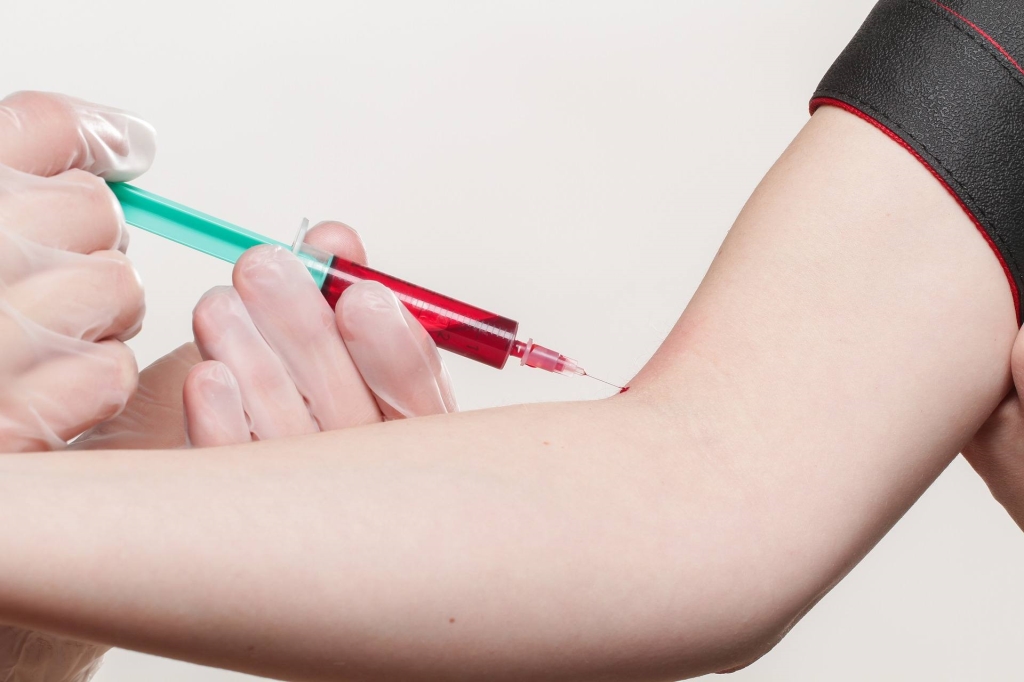mastering Phlebotomy CPT: Essential Skills and Certification Insights for Aspiring Medical professionals
Embarking on a career in healthcare often begins with mastering vital skills such as phlebotomy. Performing blood draws accurately and confidently is a cornerstone skill for many medical professionals, including phlebotomists, nurses, and laboratory technicians. The Certified Phlebotomy Technician (CPT) certification is a prestigious credential that not only validates your skills but also enhances your job prospects and professional credibility. In this comprehensive guide,we will explore the essential skills needed to master phlebotomy CPT,delve into certification requirements,provide practical tips,and share insights to help you succeed in this rewarding field.
What is Phlebotomy and Why is it Critically important?
Phlebotomy is the process of drawing blood from patients for various diagnostic, therapeutic, or research purposes. This seemingly straightforward task is critical for accurate laboratory testing, disease diagnosis, and patient treatment. Effective phlebotomy requires technical precision,patient care skills,and adherence to safety protocols.as healthcare continues to grow, the demand for skilled phlebotomy technicians remains high, making it a promising career path for aspiring medical professionals.
Essential Skills for Mastering Phlebotomy CPT
Becoming a proficient Certified Phlebotomy Technician involves developing a combination of technical and interpersonal skills. Here are the key skills every aspiring phlebotomist should focus on:
Technical Skills
- venipuncture Technique: Properly locating veins, selecting the right equipment, and performing blood draws efficiently.
- Capillary Collection: Using lancets for fingerstick or heelstick procedures, especially for pediatric or arduous veins.
- Proper Labeling and Handling: Ensuring samples are labeled accurately and transported correctly to avoid contamination or errors.
- Equipment Maintenance: Keeping needles, tubes, and other tools sterile and well-maintained.
- understanding Anatomy: Knowledge of vascular anatomy for safe and effective blood collection.
Interpersonal Skills
- Patient communication: Explaining procedures clearly and reassuring anxious patients.
- Gentleness and Respect: Minimizing discomfort and respecting patient privacy.
- Attention to Detail: Following protocols meticulously to ensure sample integrity and safety.
- Adaptability: Handling unexpected situations calmly and effectively.
Certification Process for Phlebotomy CPT
Achieving the Certified phlebotomy Technician (CPT) designation involves a series of steps designed to ensure candidates are well-prepared for real-world practice.Here’s a breakdown of the typical certification process:
| Step | description |
|---|---|
| 1. Meet Eligibility Criteria | Complete a specified training program or possess relevant healthcare experience. |
| 2. Complete a Phlebotomy Training Program | Participate in an accredited program covering anatomy, safety, and practical skills. |
| 3. Gather Required Documentation | Proof of training, work experience, or both depending on certifying body. |
| 4. Register for the Certification Exam | Apply through recognized organizations such as the National Healthcareer Association (NHA) or American Society of Phlebotomy Technicians (ASPT). |
| 5. Pass the Exam | Successfully complete the written exam covering technical skills and safety protocols. |
| 6. Maintain Certification | Complete continuing education and renewal requirements periodically. |
Benefits and Practical Tips for Aspiring Phlebotomists
Why Certify as a Phlebotomy Technician?
- Job Opportunities: Certification increases employability in hospitals, clinics, labs, and blood banks.
- Professional Credibility: Recognized credential demonstrates competence and commitment.
- Higher Earning Potential: Certified technicians often command higher salaries.
- Career Advancement: Certification is a stepping stone for specialized roles or further healthcare education.
Practical Tips for Success
- Practice Regularly: Hands-on experience boosts confidence and skill level.
- Stay Updated: Keep abreast of latest guidelines and best practices in phlebotomy.
- Develop soft Skills: Prioritize patient care, communication, and professionalism.
- Seek Mentorship: Learn from experienced technicians for invaluable insights.
- Prepare Well for the Exam: Use practice tests and study guides to enhance exam readiness.
Case studies and First-Hand Experiences in Phlebotomy
Real-world experiences provide valuable insights into the profession. Here are some short case studies highlighting common scenarios:
| Scenario | Challenge | Resolution |
|---|---|---|
| Patient with Small or Difficult Veins | Struggled to locate a suitable vein, causing frustration and delay. | Used warm compress and specialized techniques; consulted experienced colleague for assistance. |
| Anxious Patient | High anxiety led to movement and difficult draws. | Provided reassurance,explained the process,and employed calming techniques. |
| Sample Contamination | Incorrect labeling caused sample rejection. | Enhanced attention to labeling protocols and double-checked before sample collection. |
Conclusion
Mastering phlebotomy CPT is a rewarding journey that combines technical proficiency with compassionate patient care. By honing essential skills, pursuing proper certification, and continuously seeking growth, aspiring medical professionals can build a accomplished career in this vital healthcare specialty. Remember, certification not only validates your expertise but opens doors to new opportunities and professional progress. embrace the challenges, stay dedicated, and you’ll find yourself making meaningful contributions to patient well-being every day.
Whether you’re just starting in healthcare or looking to advance your career, investing in phlebotomy mastery and certification offers a solid foundation for a fulfilling and stable profession in the medical field.
